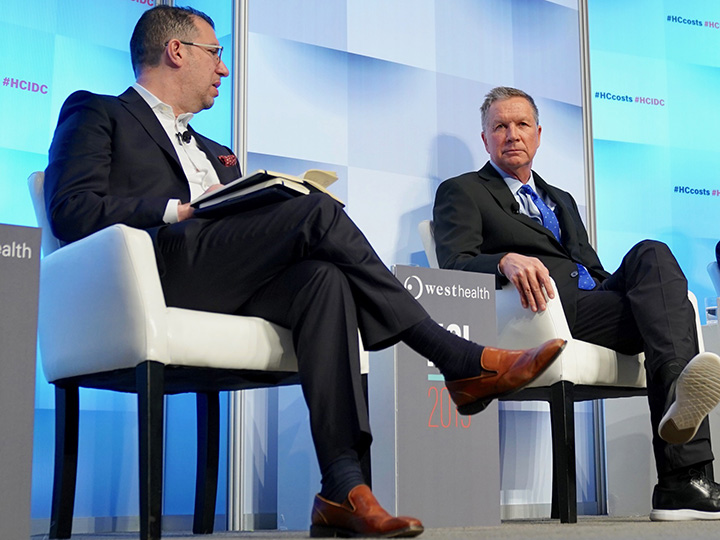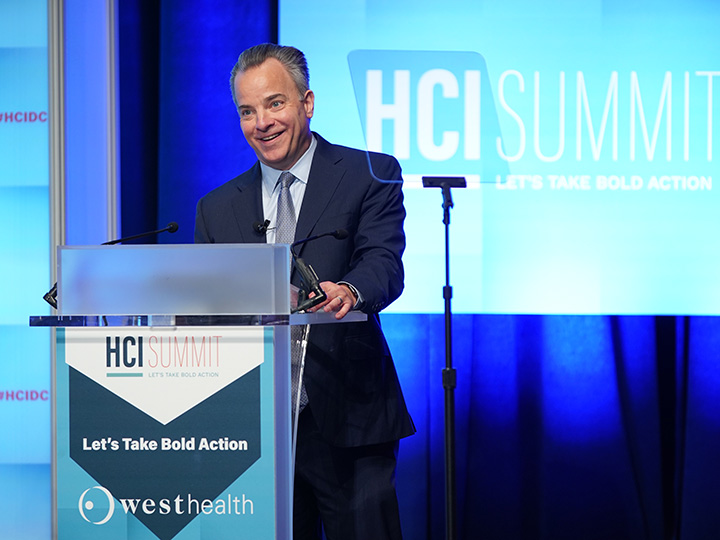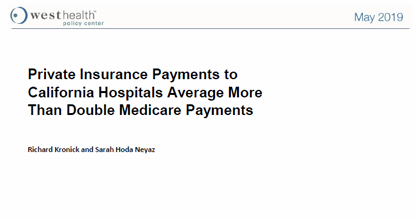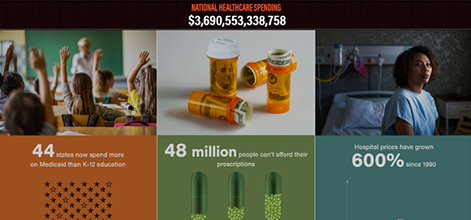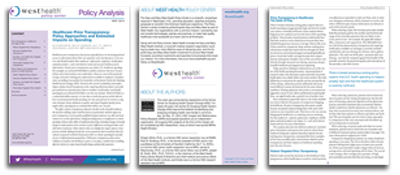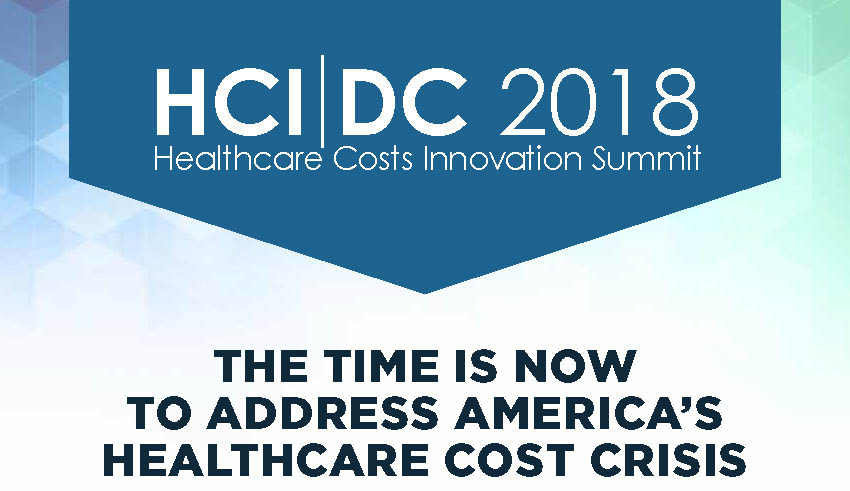The Opportunity
Today, most employers and patients paying for healthcare in the U.S. don’t have access to information about the actual cost of medical services, whether it’s a medication, hospitalization, test, or surgery. Worse yet, our opaque healthcare system makes it nearly impossible for patients to get a fair deal for their care and many have no way of knowing whether recommended services are genuinely needed or whether there are potential alternatives.
Our Goal
We need to pull back the curtain on the secrecy that contributes to grossly inflated healthcare prices. Greater transparency is essential to care decisions being made based on value; patients must be more informed about costs and outcomes to make healthcare decisions that are best for them and their families. Employers purchasing on behalf of their workers must have price and quality information to negotiate reasonable prices and assist their workers in choosing providers based on value. And health plans and providers should have sufficient helpful information to design care that improves value.

Learn More About the 2019 Healthcare Costs Innovation Summit
The rising cost of healthcare is a growing and major threat to our economy, our financial security, and our individual health. For too long, we’ve been paying too much LEARN MOREand not getting enough in return. The U.S. healthcare system is on an unsustainable cost trajectory. We have an urgent need to address this cost crisis so that healthcare can become more accessible and more affordable for all Americans. Now is the time.
Taking Action
We need to do much more to expand the availability of clear pricing information that truly empowers patients and payers (such as employers) with accurate information on healthcare costs. That means unshackling healthcare data for payers and encouraging providers and health systems to publish easy-to-understand prices for patients to consider these factors as part of their care decisions.
We also should encourage insurance cost sharing and design to align patient incentives by encouraging patients to choose more economical/efficient treatments and lower-cost providers of quality services.
Ultimately, patients are in the best position to hold elected officials and policymakers accountable by making their concerns about healthcare costs known through direct communication and their votes.
Our Focus Areas - Three Common-Sense Reforms
Three common-sense reforms – lowering the cost of prescription drugs, accelerating the adoption of value-based care models, and increasing price transparency for consumers and employers. West Health, a family of nonprofit and nonpartisan organizations that spans research, policy and philanthropy, convened major figures from the worlds of healthcare, business, policy and media for a national summit on how to best drive these reforms to create a system that is more transparent, competitive, affordable, person-centered, quality-driven and sustainable.
Lowering Healthcare Care News
 October 2, 2023
October 2, 2023
Medicare Part B Spending on Macular Degeneration Treatments Associated With Manufacturer Payments to Ophthalmologists
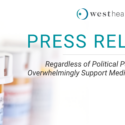 August 28, 2023
August 28, 2023
Regardless of Political Party, Americans Overwhelmingly Support Medicare Drug Price Negotiations
 December 5, 2022
December 5, 2022
Stress Prominent Among U.S. Adults Struggling to Pay for Care
Publications and Resources
West Health provides a variety of published reports, findings and data, as well as resources that are free and available for use.
